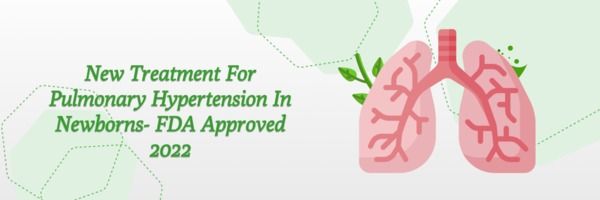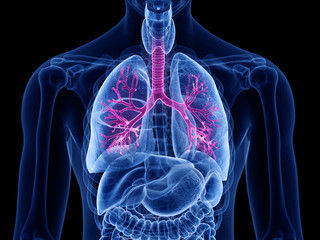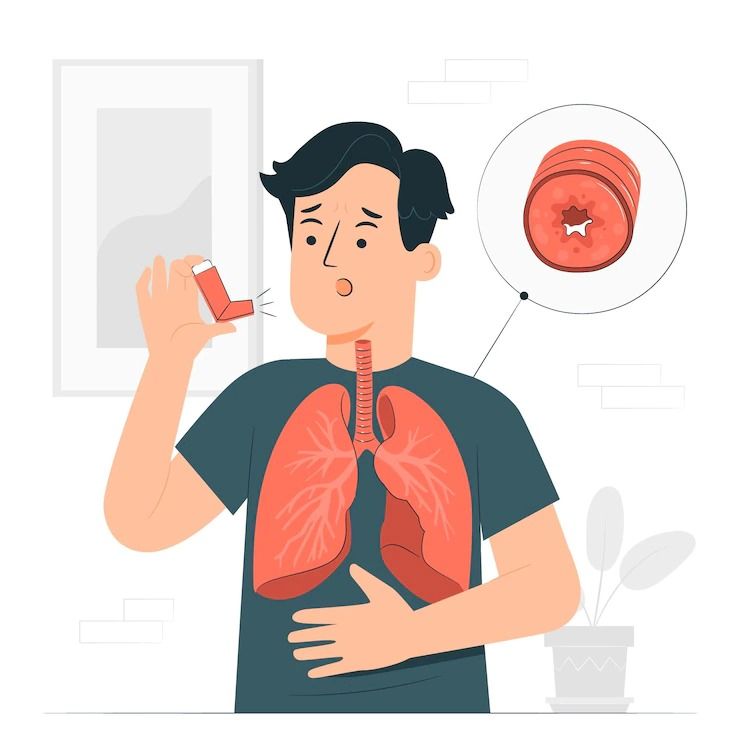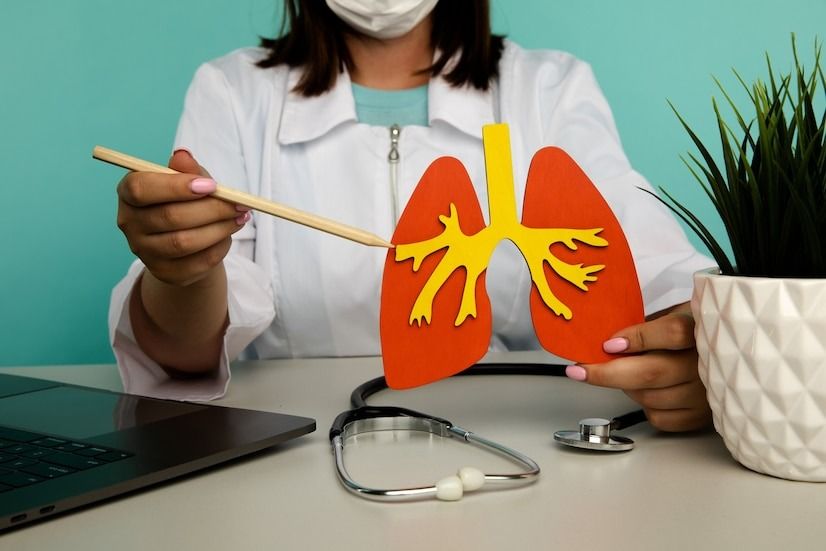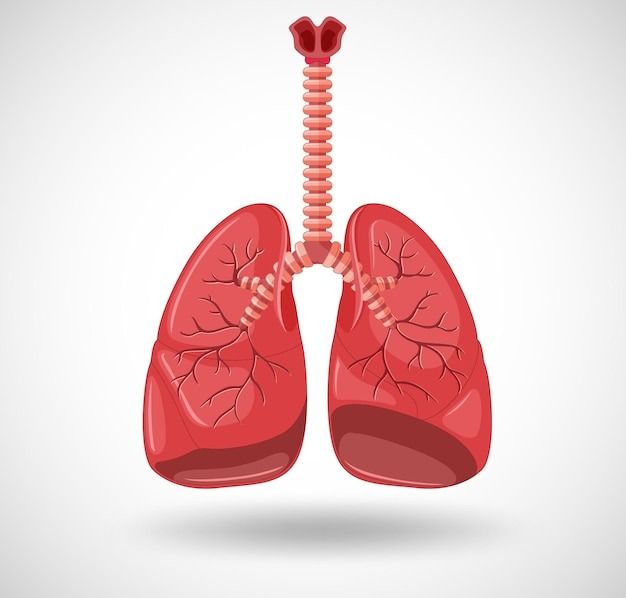Overview
COPD changes how air moves in and out of your lungs, but day-to-day decisions - how you breathe, move, rest, and deliver medicine - often determine how you feel.
Clinics set your diagnosis and prescriptions; home is where that plan either succeeds or stalls.
A strong home strategy combines practical routines, clear escalation steps, and the right delivery device so medication reliably reaches the lungs.
In that context, portable mesh nebulizers are not a magic fix but a smart option for people who struggle with inhalers, have variable inspiratory flow, or need treatments on the go.
This article walks through the pieces that consistently help, then explains where a portable nebulizer adds real value and how to choose and use one with confidence.
Understanding breathlessness in COPD
Breathlessness in COPD usually comes from narrowed, inflamed airways and air-trapping that leaves you “full” of stale air.
You can’t cure these mechanics at home, but you can influence how intense they feel. Better breathing technique reduces air-trapping during effort.
Regular movement improves conditioning and efficiency; good hydration and airway-clearance keep mucus thinner and - crucially - medication must reach the lungs in the right particle size and dose.
Prevention also matters: fewer respiratory infections often means fewer bad weeks, more stable symptoms, and better exercise tolerance.
Build the foundation
| Zone | Signs | What to do | Meds |
| Green (Stable) | Usual breathing; baseline cough/sputum | Follow routine; stay active; PLB; hydrate; clean devices | Controllers: LABA/LAMA ± ICS; use spacer if MDI |
| Yellow (Worsening) | ↑ cough/wheeze; thicker/more sputum; more reliever use; shorter walks | Pace/rest; check technique; confirm device is clean/working | Reliever: SABA per plan (e.g., 2–4 puffs MDI+spacer or 1 neb q4–6h). If on hand: start standby steroid/antibiotic as prescribed |
| Red (Emergency) | Breathless at rest; blue lips; can’t speak full sentences; chest pain; confusion; high fever with green/bloody sputum; SpO₂ well below usual | Stop activity; sit upright; PLB; take reliever now; don’t stay alone | Reliever: immediate dose (MDI+spacer or neb). If instructed: begin rescue meds while arranging care |
| Always | — | Keep plan on phone/fridge; share with family; carry when traveling; track symptoms/reliever use | Keep meds in date: spare cups/mesh heads; charged batteries; cleaning supplies |
Train the system: pulmonary rehabilitation and at-home movement
Pulmonary rehabilitation (PR) combines supervised exercise, education, and behavior change, and it remains one of the most effective non-drug interventions for COPD.
Even when formal PR isn’t available, recreating its structure at home helps. Aim for frequent, tolerable endurance activity such as walking or stationary cycling, starting with short bouts and gradually building duration.
Add light resistance work for legs and arms two or three days a week to maintain muscle that supports breathing and mobility.
The educational piece - pacing, breathing drills, and energy-conservation strategies - turns exercise into daily function: climbing a flight of stairs, carrying groceries, or walking to the market without stopping becomes more achievable.
Breathe smarter: techniques that ease “can’t get air out”
Breathing skills reduce the mechanical disadvantage in COPD. Pursed-lip breathing (PLB) - a gentle nasal inhale followed by a long, slow exhale through lightly pursed lips - helps splint airways open longer so trapped air can exit more completely.
Practicing PLB at rest builds a reflex you can use during exertion, anxiety spikes, or coughing fits.
Pair that with “exhale on effort,” timing your exhale during the hardest part of an action such as standing up or climbing.
Medication delivery devices
Inhaled therapy is central to COPD care, but real-world results depend on the delivery device.
Metered-dose inhalers (MDIs) require coordination between actuation and inhalation and work best with a spacer.
Dry-powder inhalers (DPIs) are simpler but demand a strong, steady inhalation to lift and disperse powder.
During fatigue or exacerbations, many people can’t generate that flow reliably. When coaching and spacers don’t overcome these barriers, nebulization becomes a sensible alternative because it delivers medication during normal, relaxed tidal breathing over several minutes.
The goal is not to replace inhalers for everyone but to match the device to the person so the prescribed medicine consistently reaches the lungs.
Where a portable mesh nebulizer adds real value
Portable mesh nebulizers use a vibrating mesh to create fine, respirable droplets, typically in the 2–5 μm range, which are well-suited for lower-airway deposition.
Compared with traditional jet (compressor) nebulizers, mesh devices are quieter, faster, and far more compact - features that make adherence easier in daily life and during travel.
They are particularly helpful for people who struggle with inhaler technique, have arthritis or weak grip, experience variable inspiratory flow, or prefer an unhurried, hands-free treatment during fatigued periods.
They are also practical when a clinician recommends nebulized saline for mucus management. A mesh device is not inherently “stronger” than an inhaler; it is often more forgiving in real-world use, which can translate into more consistent symptom control.
Choosing a portable mesh nebulizer
Pick a portable nebulizer that finishes a typical 2–3 mL fill in about five to ten minutes and lists a respirable particle size in the specifications.
Look for USB-C charging, solid battery life, and the ability to run while charging if you travel.
A leak-resistant cup with clear markings reduces spills, and support for both mouthpiece and mask adds flexibility.
Cleaning should be quick and simple so you’ll actually do it daily, and spare mesh heads and cups should be easy to buy. Confirm with your clinician that the device fits your prescribed solutions.
Saline and mucus management
Thick, sticky mucus can amplify breathlessness by narrowing airway diameter and increasing the work of breathing.
Hydration, gentle movement, steam from a warm shower, and huff-cough techniques often help; in some cases clinicians recommend nebulized saline.
Isotonic saline (0.9%) is generally used to add moisture and thin secretions.
Hypertonic saline (such as 3% or 7%) may provide additional thinning for selected patients but can provoke cough or bronchospasm.
It should be used only under clinical guidance and sometimes paired with a reliever taken beforehand if recommended.
The benefit comes from a consistent routine - short, regular sessions paired with effective airway-clearance - rather than from any single, occasional treatment.
Home environment and daily living upgrades that compound gains
Small environmental changes reduce daily load on your lungs. Check local air-quality indexes and limit outdoor exertion on poor-AQI days.
Masks and indoor filtration can reduce exposure to particulates and smoke. At night, elevating the head of the bed and avoiding heavy late meals or alcohol can limit reflux-related cough.
Nutrition matters: smaller, frequent meals often feel easier than large ones, and dietitian input is valuable if you’re losing weight or muscle.
Breathlessness and anxiety reinforce one another; brief, familiar PLB sessions and realistic pacing strategies help interrupt that cycle so you feel more in control.
Red-flag symptoms that mean “don’t wait”
Certain changes require urgent attention: severe or rapidly worsening breathlessness at rest; bluish lips or fingertips; inability to speak full sentences; confusion or unusual drowsiness; chest pain; high fever with markedly thicker, green, or bloody sputum; or a sudden drop in your usual oxygen saturation if you monitor at home.
Your action plan should spell out where to go and whom to call, but the guiding principle is simple: get help early.
Bottom line
Effective COPD home care blends a clear action plan, regular movement, practical breathing skills, smart prevention, and a delivery device you can use correctly every time.
Many people do well with inhalers; others benefit from the consistency and ease of a portable mesh nebulizer, especially when technique or inspiratory flow limits inhaler use.
Choose and maintain your device carefully, track what matters, and partner with your clinician to keep adjusting the plan.
Done steadily, these upgrades turn “bad days” into rarer events and make everyday breathing feel less like a battle.

